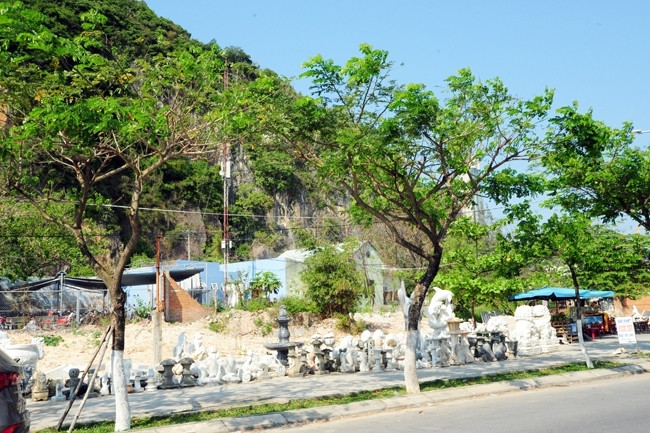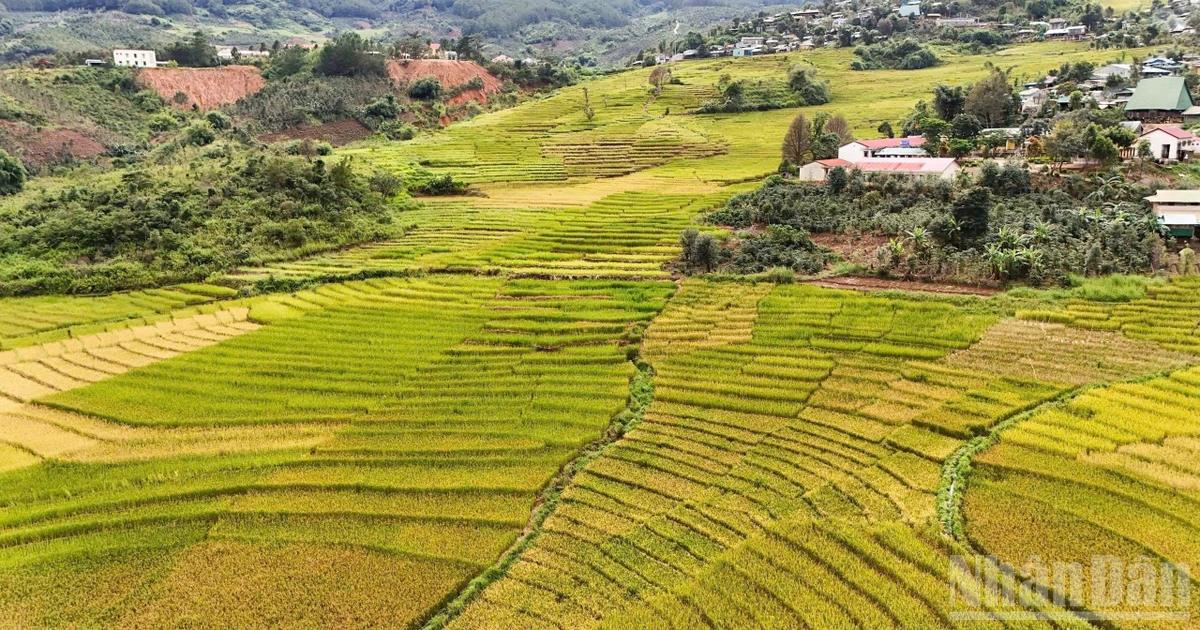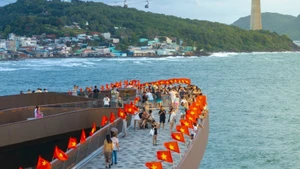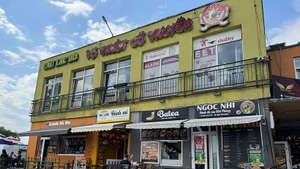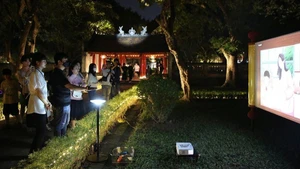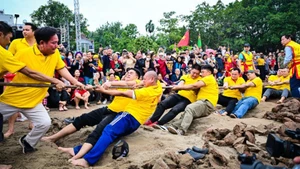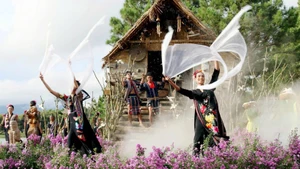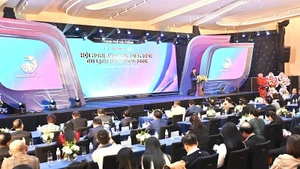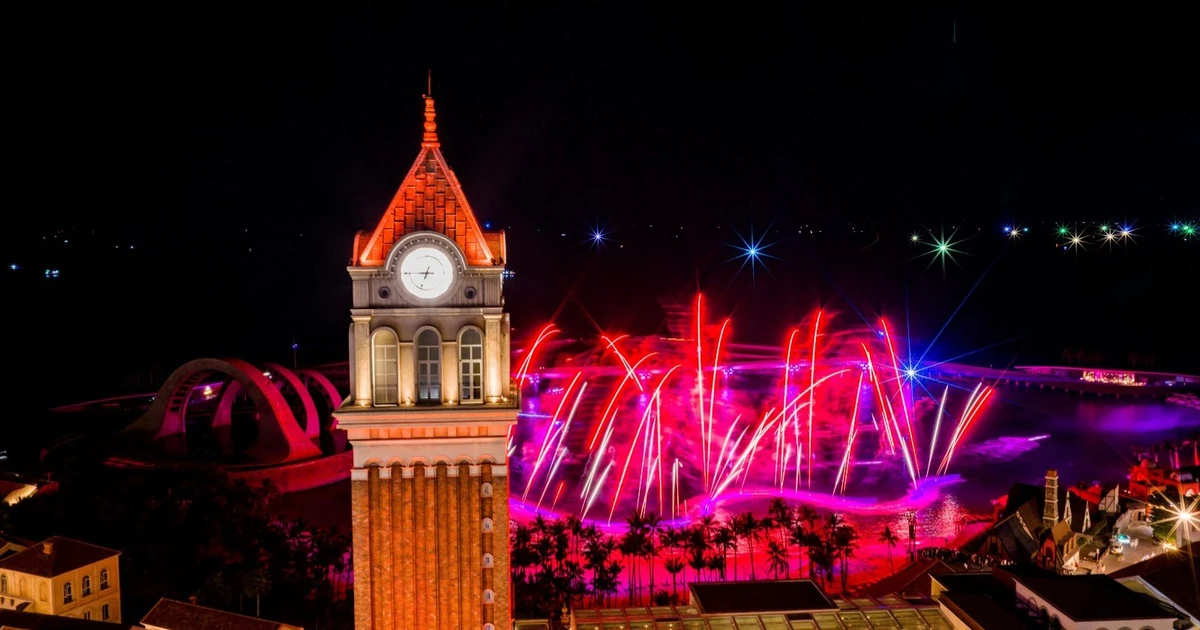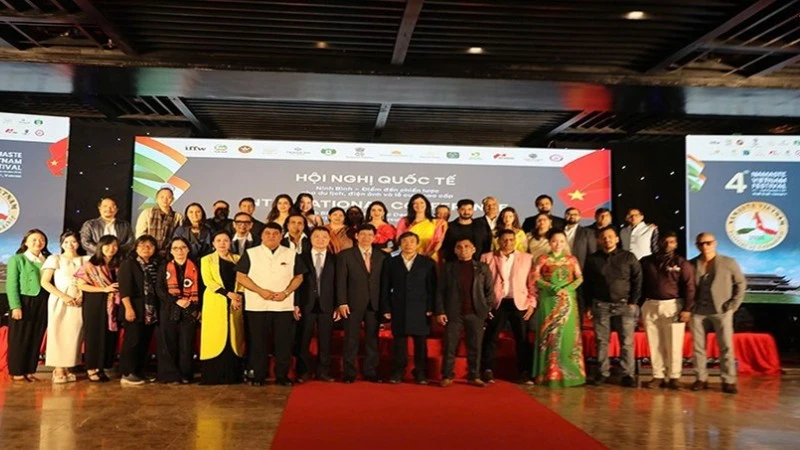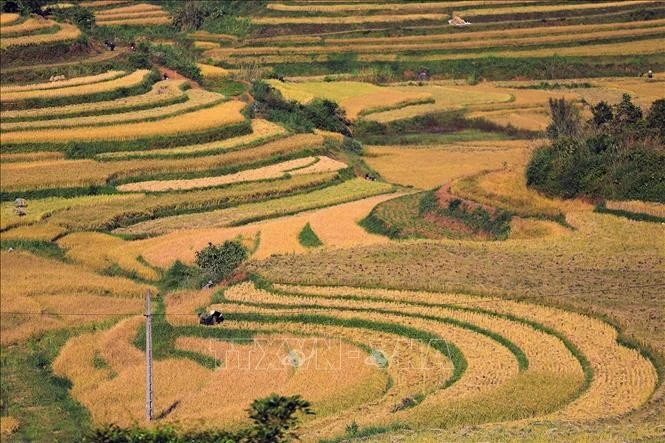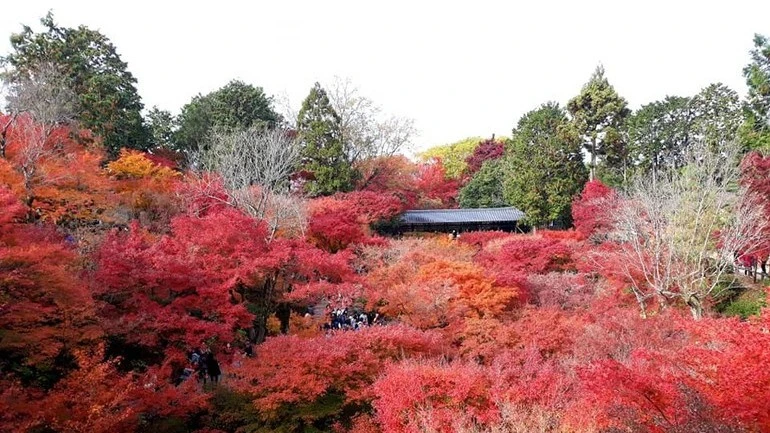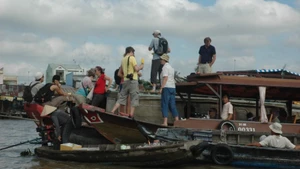The recognition highlighted the strong investment in Da Nang’s cultural sector to create a sustainable value for the landscape, contributing to promoting the highest values of local relic sites.
Ngu Hanh Son, which is located in Hoa Hai ward, Ngu Hanh Son district, was ranked as a national landscape site in 1980 when it wasseriously damaged. In addition to the impact of erosion, the site has also faced the excessive exploitation of local people form Non Nuoc stone craft village.
At that time, the old Quang Nam – Da Nang province undertookmany drastic remedies, such as banning the exploitation of stone on Non Nuoc mountain and the establishment of a team to protect the site (now the Management Board of Ngu Hanh Son landscape site). After the province was split into Quang Nam province and Da Nang city in 1997, the Da Nang government redefined its cultural and historical values as well as gradually promoting investment in upgrading the site, contributing to tourism development.
Over the past years, Ngu Hanh Son has become a destination attracting thousands of domestic and foreign visitors. Being recognised as a special national relic site, it must be strictly protected in accordance with the Cultural Heritage Law. The authorities at all levels should join efforts to remove difficulties and obstacles to re-plan the entire surrounding areas to return the spacious inherent space of the site.
Da Nang city People’s Committee approved the project to plan ‘Ngu Hanh Son Cultural and Historical Park’ in 2009, aiming to embellishthe landscape and architecture of the area with special values, in association with socio-economic development, environmental protection and sustainable development. On July 26, 2016, the city People’s Committee issued Decision No.5002/QD-UBND to approve the boundary map to adjust the land use planning of Ngu Hanh Son Cultural and Historical Park. However, the project has not been implemented because the progress of compensation and clearance has only reached a quarter while the city has not called for an adequate investor.
Huyen Tran Cong Chua (Princess Huyen Tran) street, which leads into the relic site, is facing confusion, untidiness and environmental pollution as many households did not give back the premises to move to the resettlement area. The local authorities are mobilising more than 40 households to move to the new resettlement area, creating favourable conditions for the clearance work.
The residents always expect authorities at all levels to soon implement specific measures and plans to promote the value of Ngu Hanh Son relic site while stabilising people’s lives. The clearance should be implemented definitely in order to diverge the investment, while it is crucial to focus on the protection of all items, contributing to avoiding violent human intervention at the relic site. A healthy cultural environment, security and safety will attract more visitors, thereby creating revenues to conduct restoration and construction of infrastructure.
The relic site is an invaluable asset of the locality as well as a natural treasure that gathers historical, cultural and spiritual values. According to historian Duong Trung Quoc, efforts by Da Nang city’s government and people to preserve and develop Ngu Hanh Son over the past few years have brought about positive signals in reviving the core values of a unique relic site with rich cultural and spiritual values.
In the past, the development of urban planning has affected the relic site. For example, in May 2010, an elevator system was installed to take visitors to Linh Ung pagoda on top of Thuy Son island. Many experts said that the elevator system took away the inherent natural beauty and broke the general architecture of Ngu Hanh Son. The preservation and promotion of its landscapes as well as its cultural, historical and spiritual values should be always parallel to economic development.
The Da Nang authorities have determined the local people’s role as a key issue in preserving and restoring Ngu Hanh Son relic site. The embellishment and restoration of the cultural and historical heritages as well as economic and tourism development in the locality should be implemented seriously and lawfully, avoiding invasion of the site in any form.
